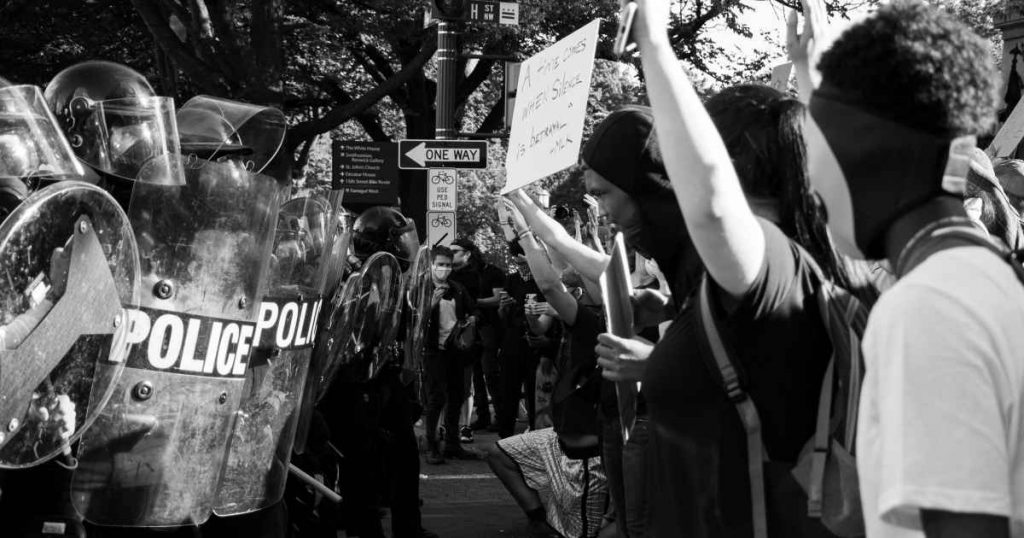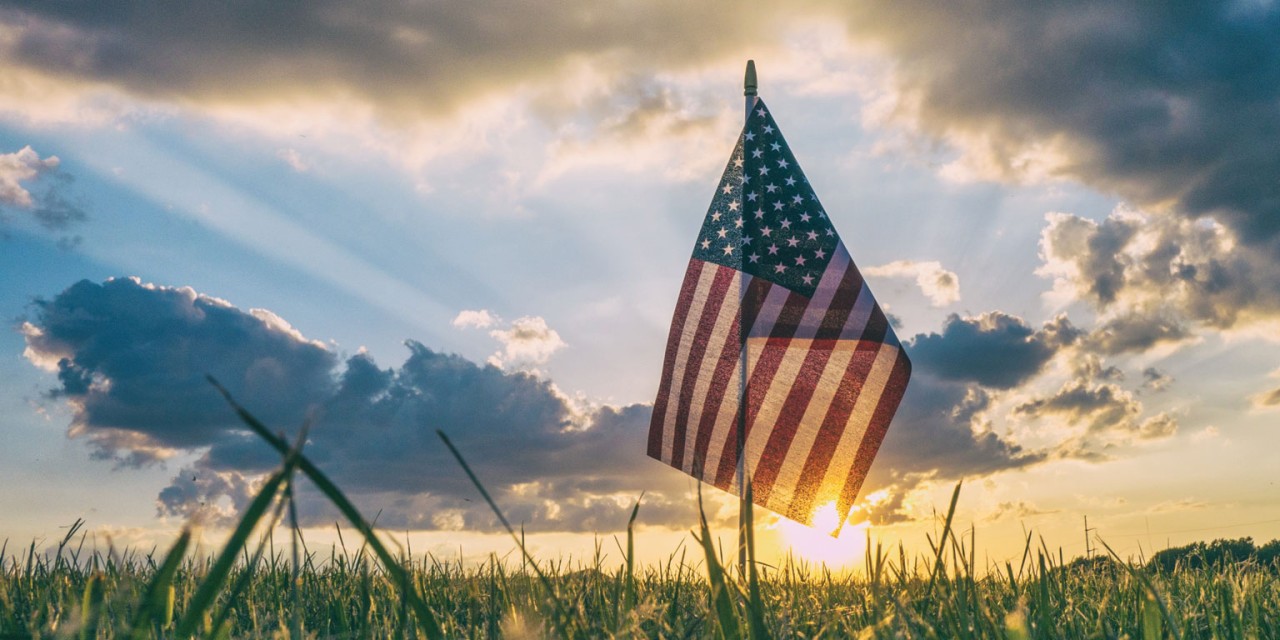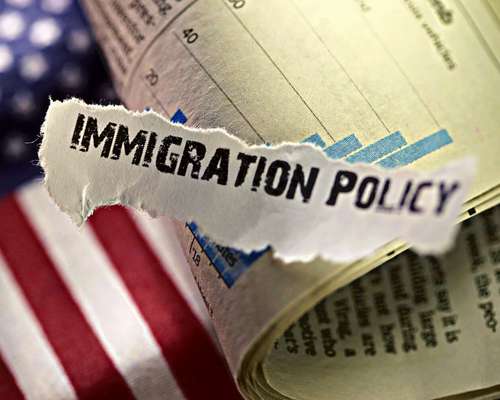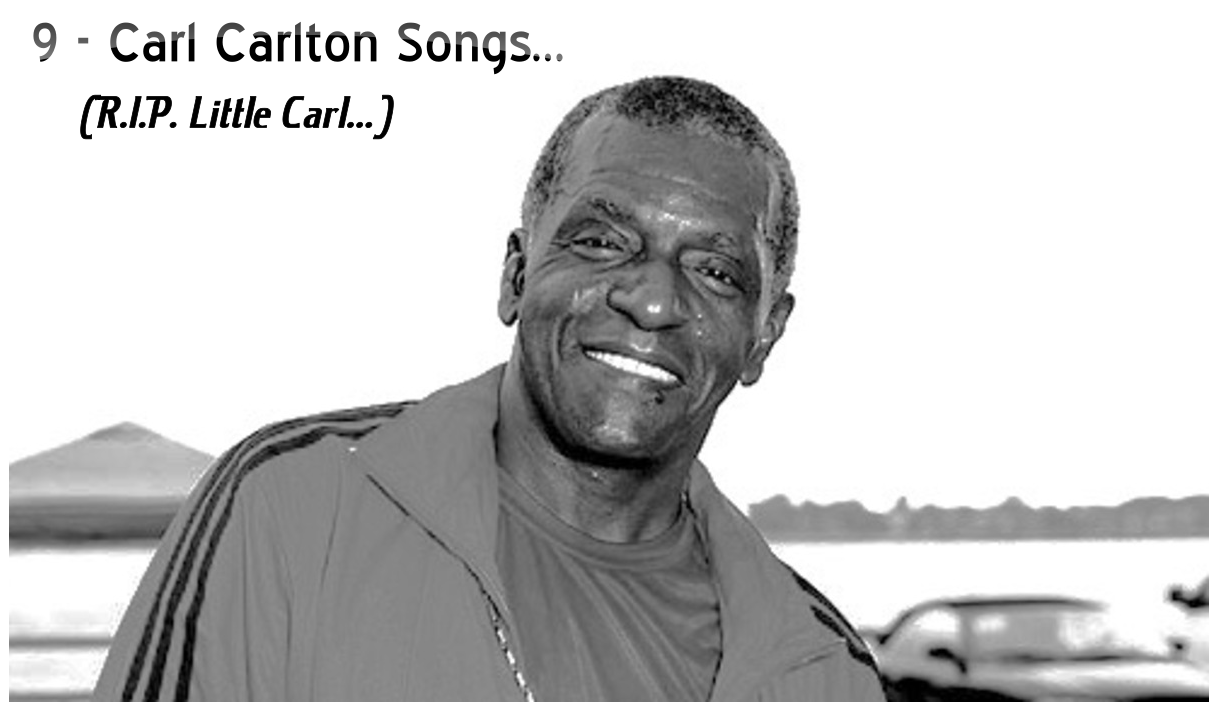(ThyBlackMan.com) Police brutality is a common phenomenon worldwide. The only difference is the methods of brutality. For instance, in countries like Pakistan and India, police personnel using physical force on the accused in police stations or demonstrations is not unheard of. Even extrajudicial killings are considered a norm. The civil society or the judiciary do not bat an eye over such events, treating them as a routine matter.
In developed countries, the use of force is less common. Instead, they use tactics like suppression of evidence to obtain a conviction in a court of law. But one developed country stands out from the rest in terms of police brutality – the United States of b. There are one too many events of police brutality in the US. It, too, has become the new normal. The police use excessive force on an individual. Large scale protests then follow it. After a few weeks (or months), futile changes to the policing mechanism are brought forward. These changes serve little purpose except to placate the crowd. The cycle repeats itself not long after.
Unfortunately, this brutality and its long, damned history is confined to a particular group – African Americans. The rest are given the benefit of the doubt (especially if they are white). A clear manifestation of this discrimination can be seen in two recent examples – Black Lives Matter (BLM) protests and the US Capitol storming on 6th January. These two events provide a clear picture of what to expect from the US police system.
Participants in the BLM movement are branded as rioters and aggressors. The police used all sorts of methods to disperse them, including putting the protestors in unmarked vans, tear gas, and violence. Even the US President urged the state governors and law enforcement agencies to clamp down hard on the protestors. On 6th January, outgoing Trump was the one instigating the protestors to march on the Capitol. Although it has resulted in an ‘incitement of insurrection’ charge, little should be expected.
Unfortunately, African Americans are not lucky. The police even used rubber bullets and flash grenades during the BLM protests. Amnesty International published a report which described the use of excessive force. According to it, there were:
“89 cases of specific use of tear gas in cities in 34 states, and 21 incidents of unlawful use of pepper spray in 15 states and the District of Columbia”.
On the other hand, the police quite literally stood down while the 117th US Congress was ransacked and left five people dead. Instead of using force, the Capitol police simply decided that the best way to deal with the situation was by evacuating several buildings in the Capitol Complex.
Recent reports have indicated that several off-duty police officers and military personnel were involved in the Capitol riot. 31 police officers from different areas are being investigated for their roles – were they mere participants or also took part in the riot? Unfortunately, this new information lends further credibility to the notion that the far right (including white nationalists) has infiltrated law enforcement ranks throughout the US. This means that the use of excessive force against African Americans will only increase.
Figure 1. Law Enforcement During George Floyd Protests (Wikipedia)

History of Police Brutality in the US
One can recall a few events if asked about police brutality against the white people in the US. The reason is that these events are very few (if there are any). However, the memories are full of events where the police used more than excessive force against blacks. While the roots of police brutality against black people can be traced back to the 18th century, Jim Crowe laws were a major driving factor. Their repercussions are still felt to this very day.
Due to racial segregation, black people witnessed a significant rise in violence against them. Lynchings and mob murders were on the rise. It is often said (with evidence) that the police force participated in these events or outright refused to arrest the perpetrators. The case of Isaac Woodward still sends shivers down the spine. The decorated veteran was attacked while still in uniform by South Carolina police officials. He suffered permanent blindness due to the attack. The result? One could be forgiven to imagine that such an attack would have resulted in a conviction, no matter the Jim Crow laws or general apathy towards black people.
Unfortunately, it was not the case as an all-white jury acquitted the Sheriff. Other events did little to address the issue. For instance, in the 1950s, police unions adopted a policy of collective bargaining. As a result, police officers become more powerful because their unions protected them against disciplinary actions. Research showed that as protections for officers increased, there was a considerable increase in the use of violence and other acts of misconduct. The names Rodney King and George Floyd bring more harrowing memories.
Figure 2. Rodney King Being Beaten by LAPD Officers
Police Killings & Race Riots
Over the years, there have been many killings of unarmed African Americans at the hands of police officers throughout the US. These killings have acted as catalysts for protests, which many have termed as race riots. Riots in Watts (1965), Detroit (1967), Los Angeles (1992), Maryland (2015), and Minnesota (2020) are undoubtedly some of the most profound protests in US history. At their heart is an unarmed African American, either killed mercilessly or beaten to within an inch of his life.
What Can Be Done?
There are numerous ways to tackle the issue of police brutality against African Americans. One way is to change the contracts that are favorable to police officers. The new agreements must introduce mechanisms for greater police accountability, allowing for more oversight of police actions. Apart from this, disciplinary reforms must be presented. There are numerous examples where police bodies have made bureaucratic ‘errors’. Resultantly, police officers that were disciplined or even dismissed from service had their punishments overturned on appeal.
Furthermore, one common sight throughout the US during protests is that police are seen wielding military-grade weapons. These images are not just disturbing but have enabled the police to become ‘trigger happy’. The concerned stakeholders can certainly make provisions at the federal level that restrict the use and sale of such weapons to police departments. Also, police must be limited to violent events. In many cases, police have used force where a victim was suffering from a mental health problem. In such situations, non-police organizations can be used, effectively ruling out the use of force.
Lastly, the police officers and prosecutors enjoy a close working relationship. The prosecutors rely on police during the trials. The police get training from prosecutors on making lawful arrests, conducting interrogations, and other legal issues about the cases. Over time, the two sides develop a close bond. It would not be wrong to call them two sides of the same coin. Therefore, when an officer uses excessive force or indulges in any other similar act, prosecutors shy away from bringing charges due to their departments’ close bond. Instead of using the same prosecutors to investigate the police officers, a special unit can be set up. The special unit must not have any prior workings with the police department or prosecutors. It can help ensure an impartial investigation into the officers’ conduct.
Staff Writer; Stanley G. Buford
Feel free to connect with this brother via Twitter; Stanley G. and also facebook; http://www.facebook.com/sgbuford.

















Leave a Reply